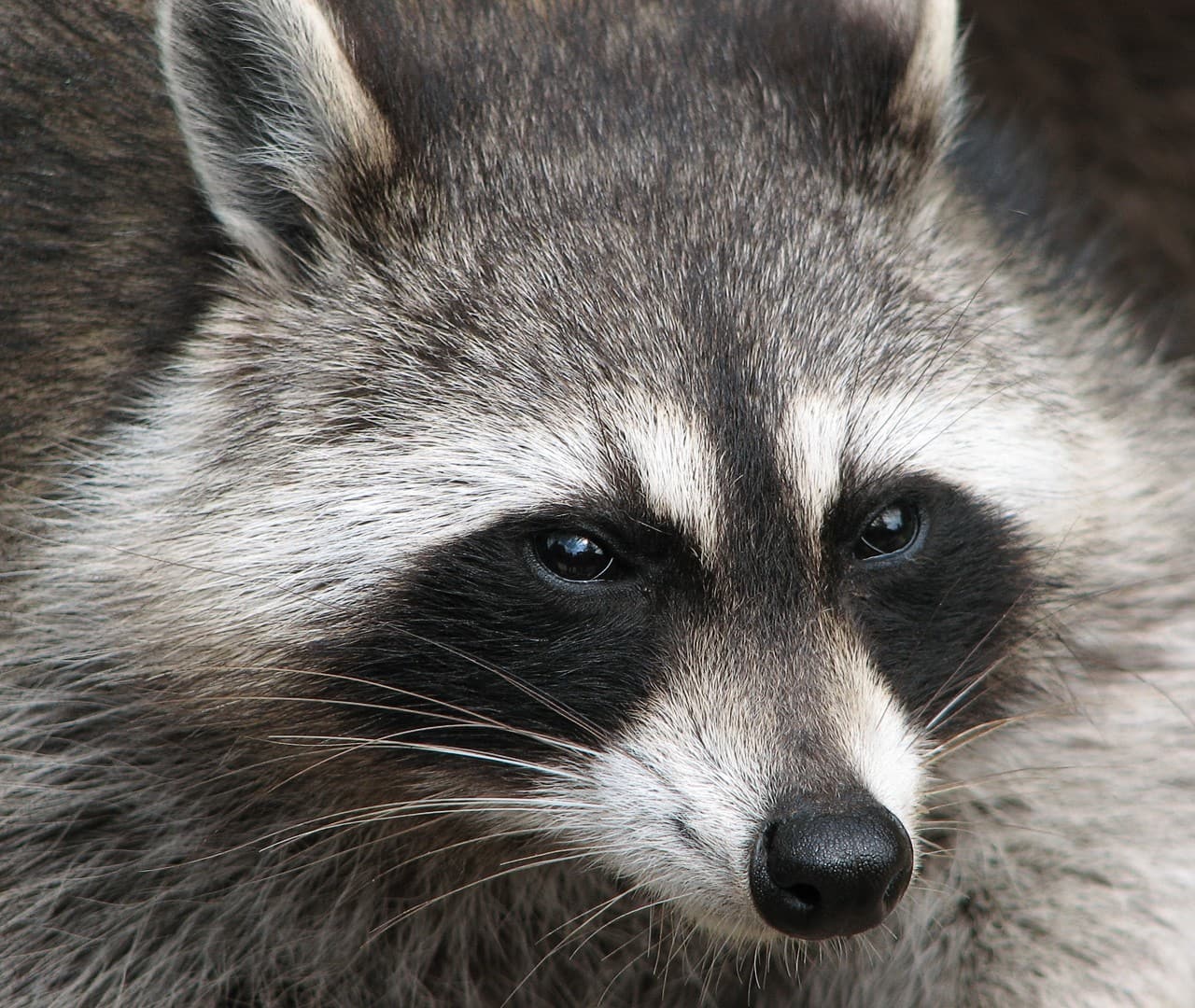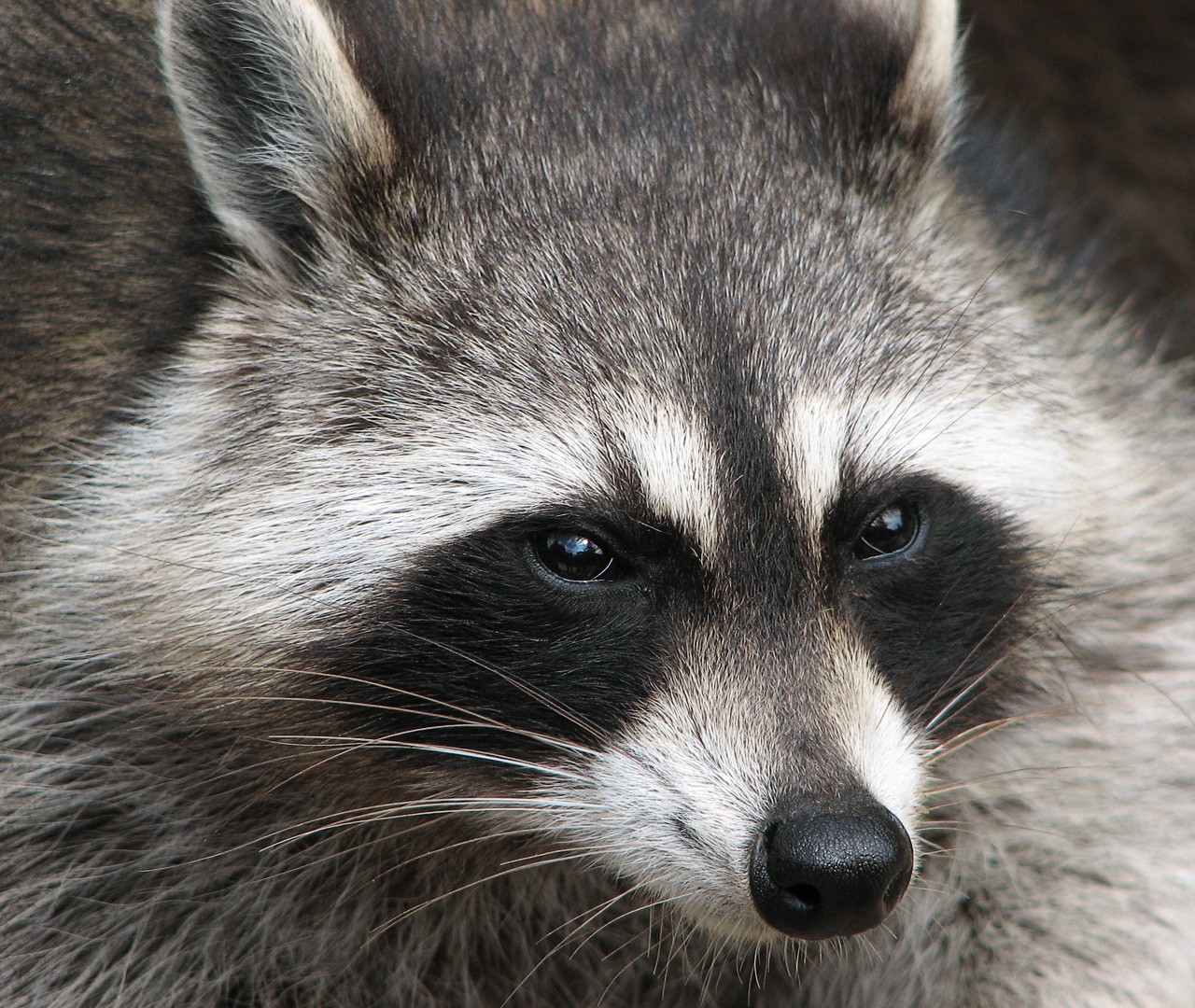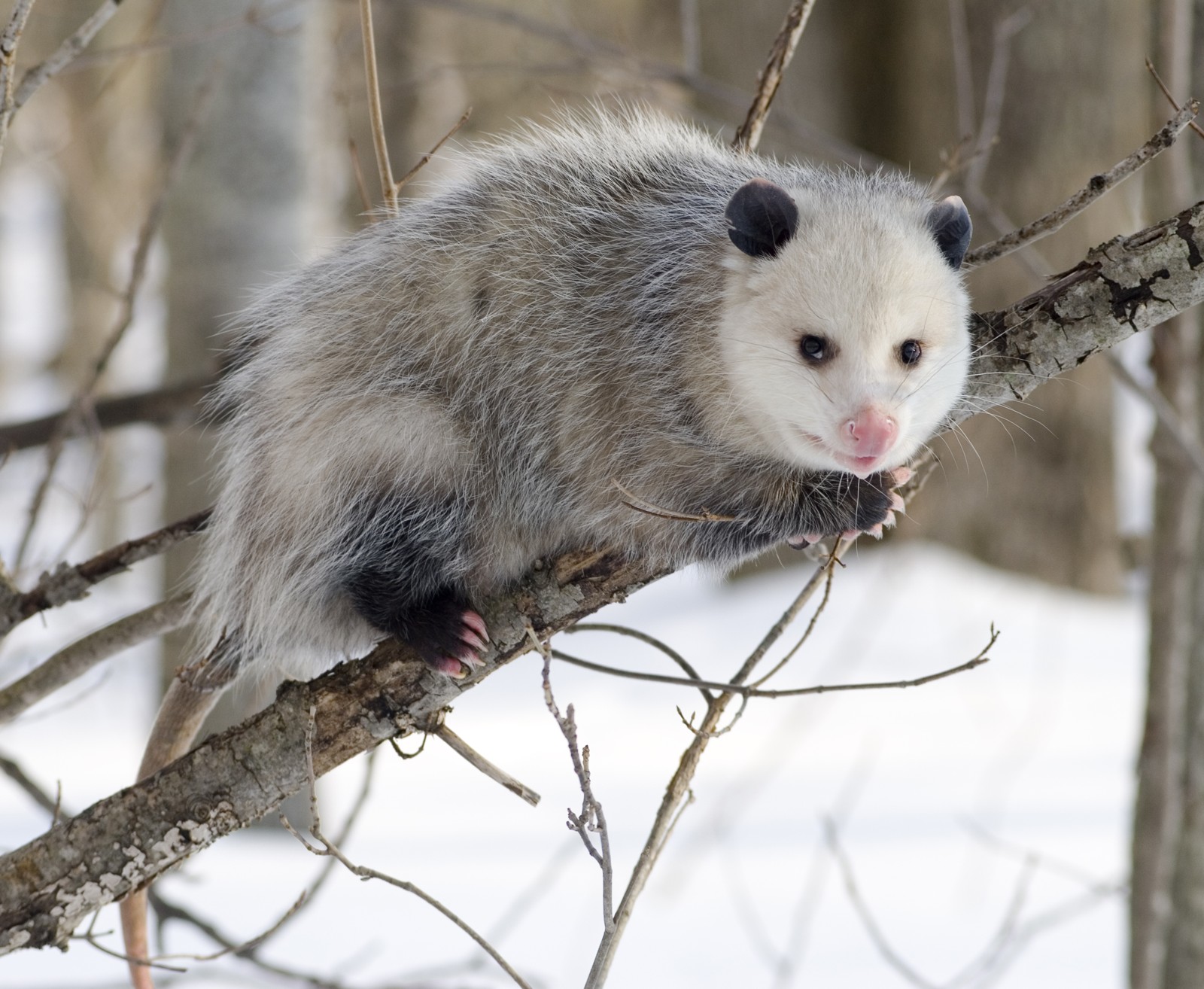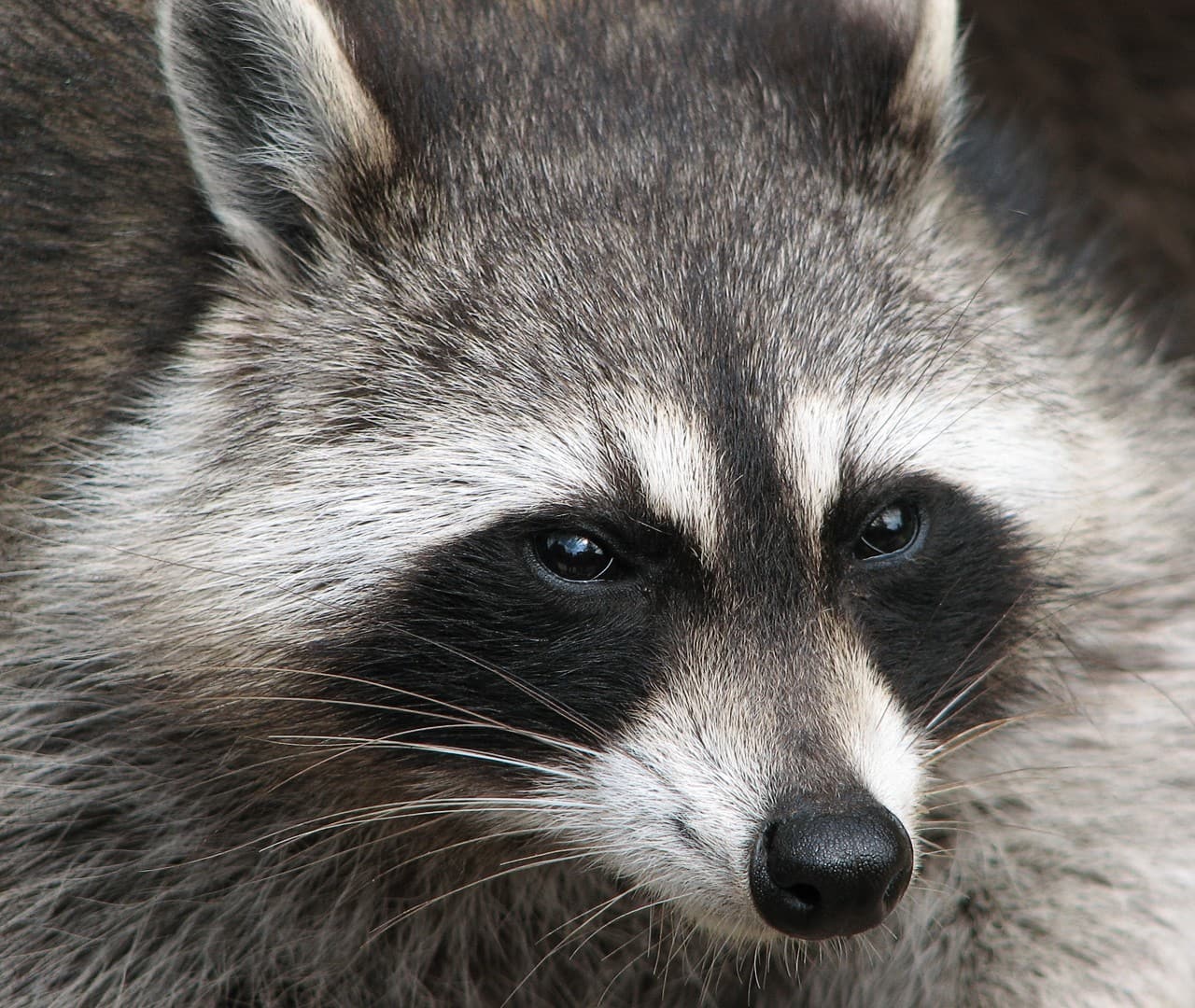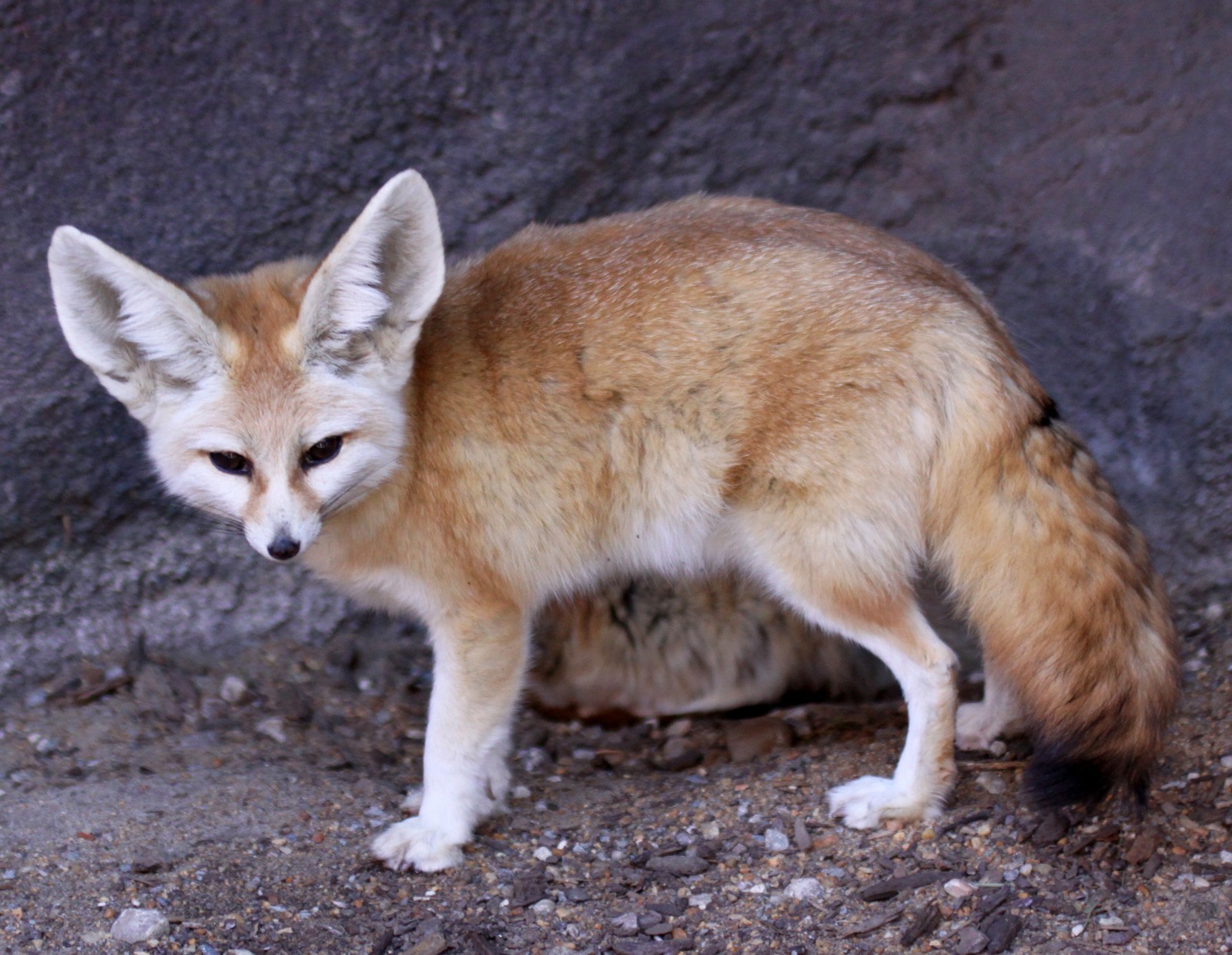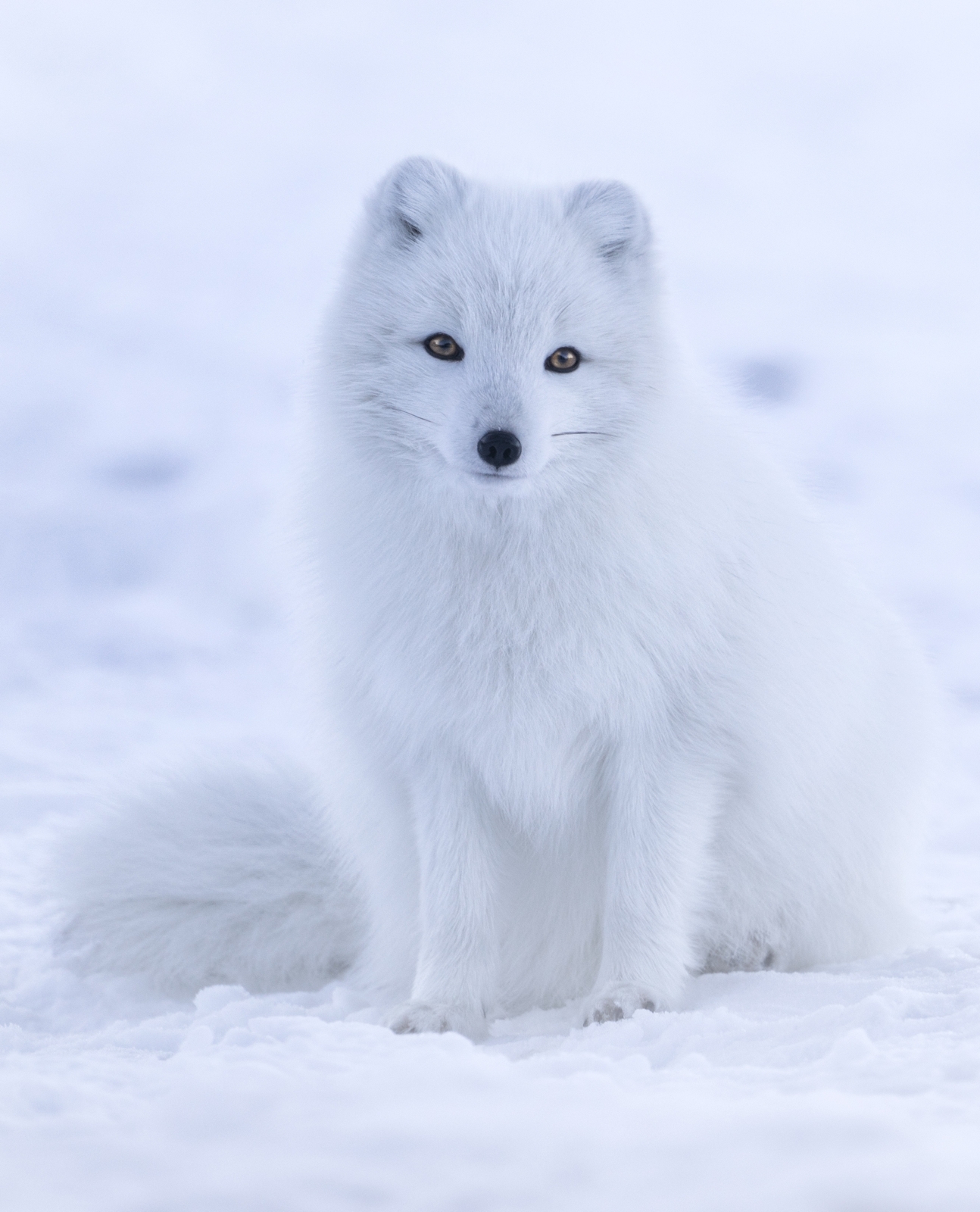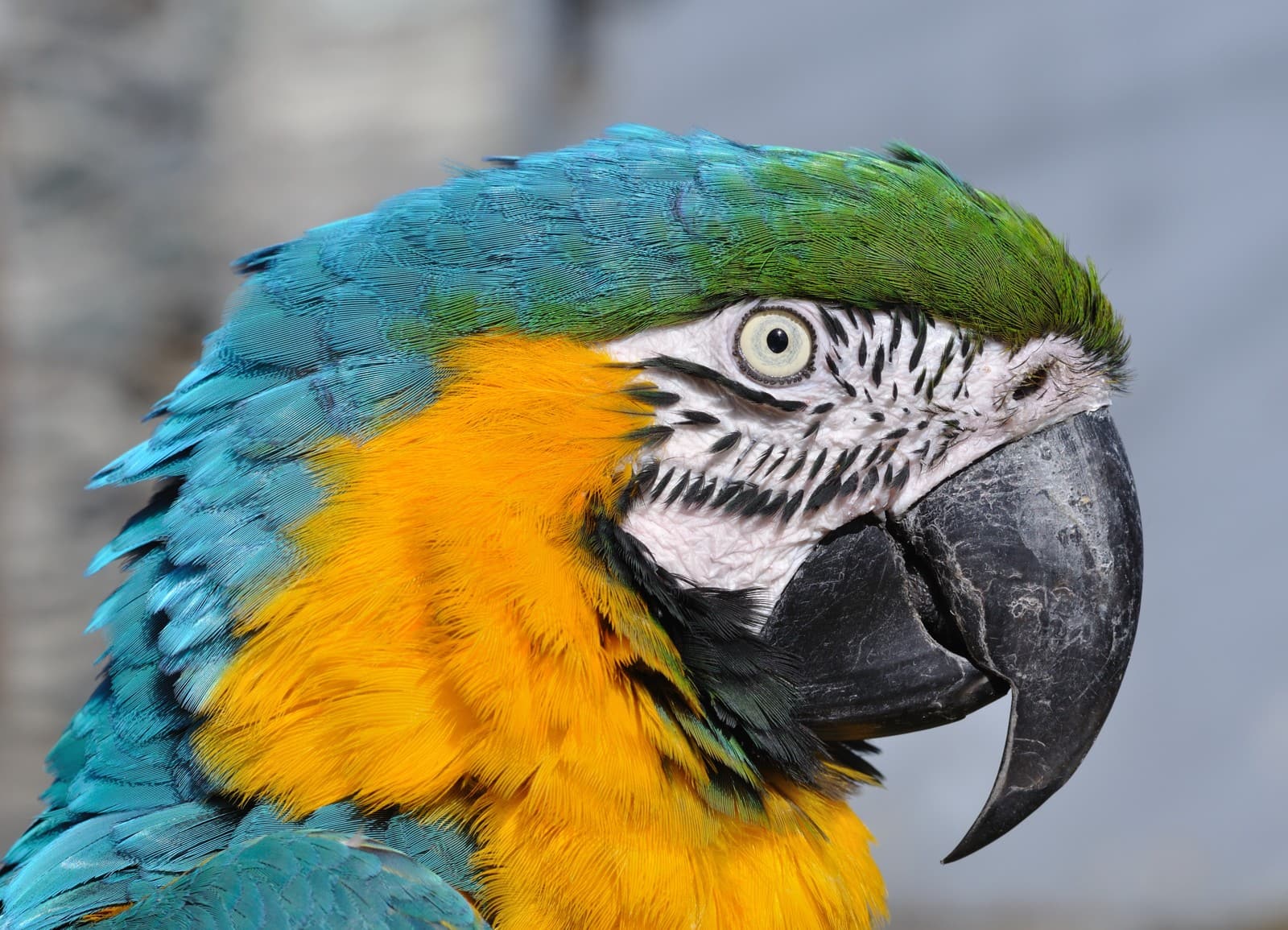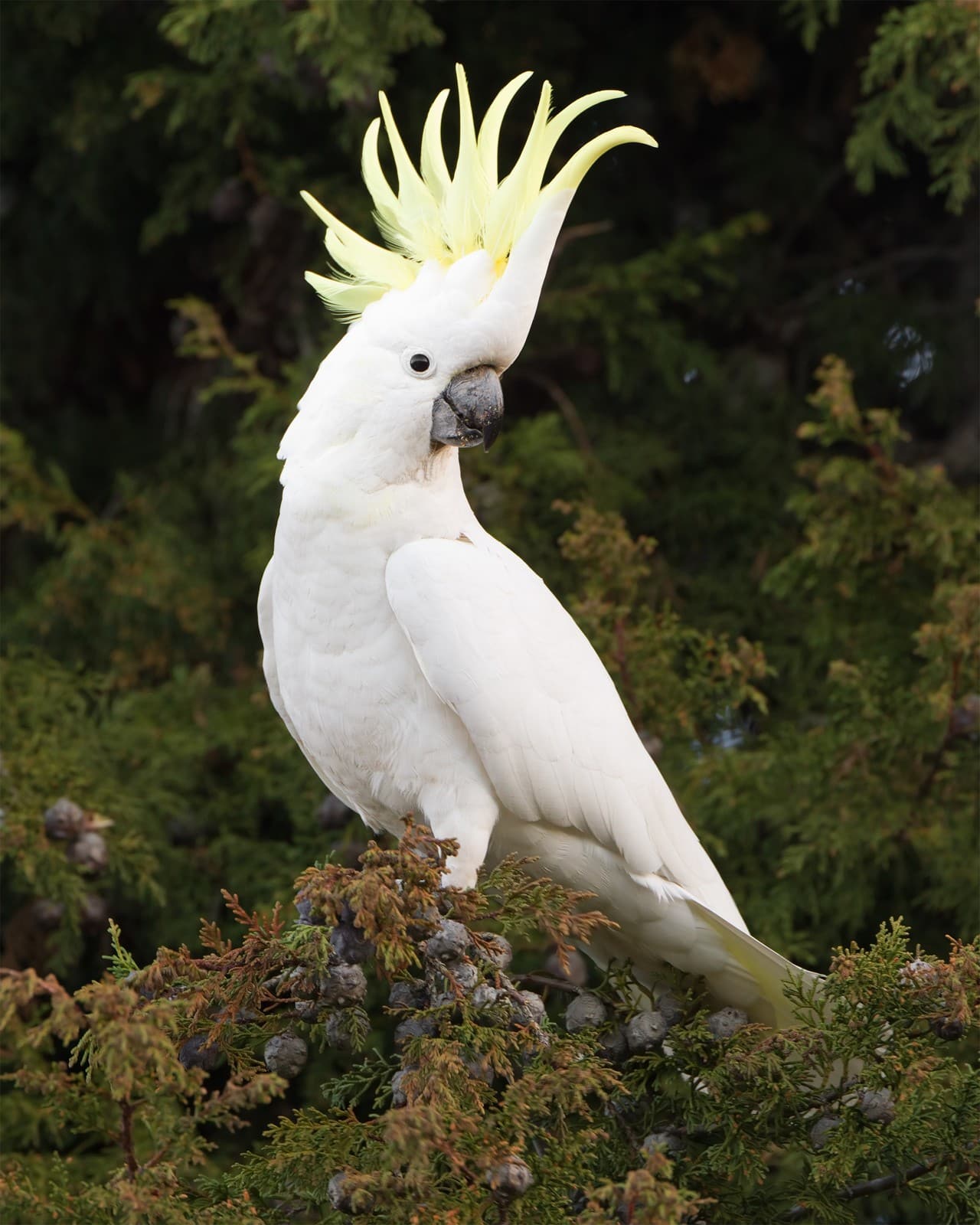Ring-tailed Lemur vs Raccoon: A Complete Comparison
While Ring-tailed Lemurs and Raccoons might share some superficial similarities in their facial markings, these mammals couldn’t be more different in their evolutionary history and biology. Ring-tailed Lemurs are primates native to Madagascar, weighing 5-7.5 pounds (2.3-3.4 kg), while Raccoons are medium-sized carnivores from North America typically weighing 14-23 pounds (6.4-10.4 kg). This striking contrast reflects their vastly different evolutionary paths and ecological roles.
Despite both species being intelligent and adaptable, they represent entirely different mammalian orders: Primates and Carnivora. Their similarities in facial markings are a remarkable example of convergent evolution, where unrelated species develop similar features independently.
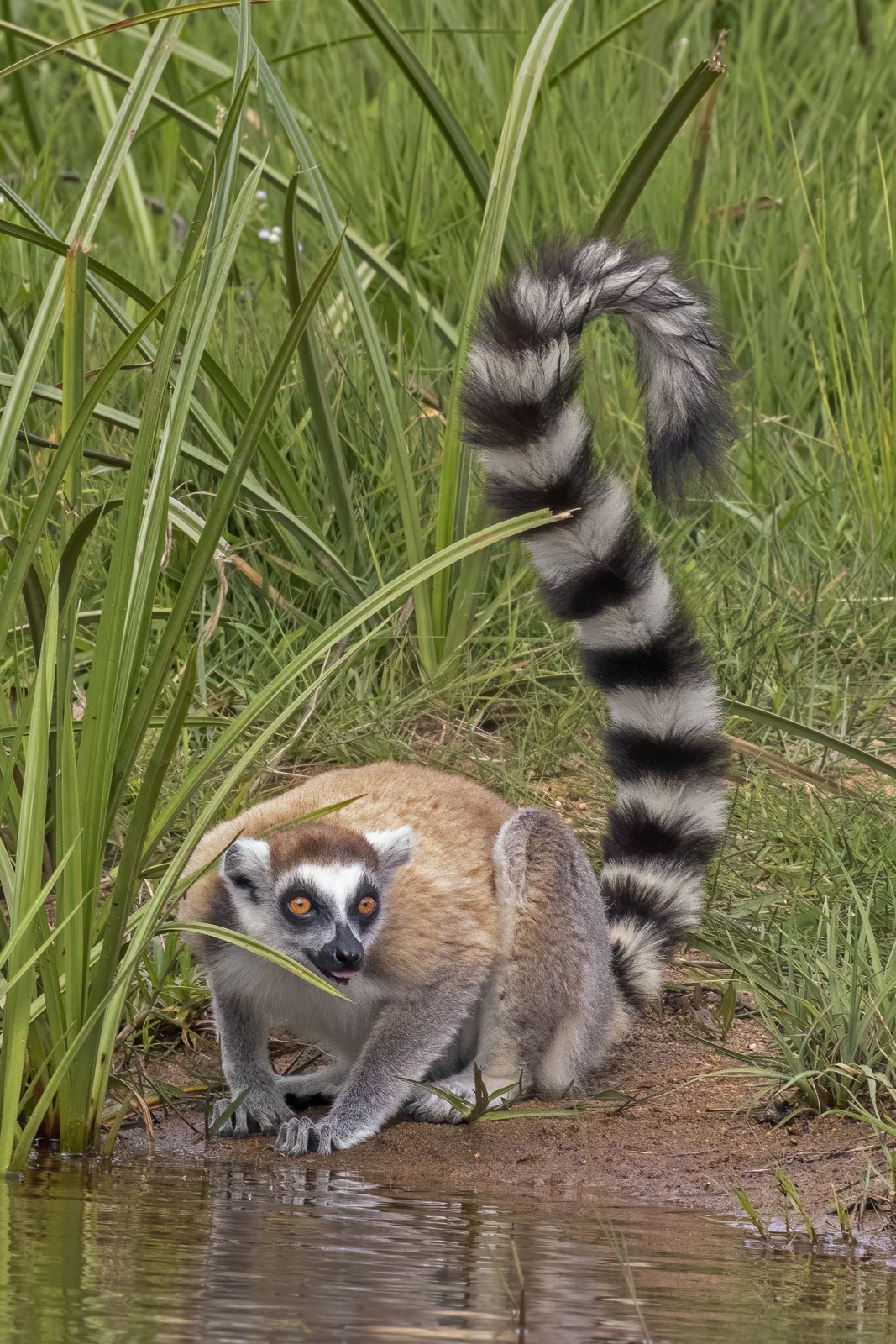
© Charles J. Sharp / CC BY-SA 4.0
The Ring-tailed Lemur showcases its iconic striped tail and distinctive primate features, setting it apart from its superficially similar North American counterpart.
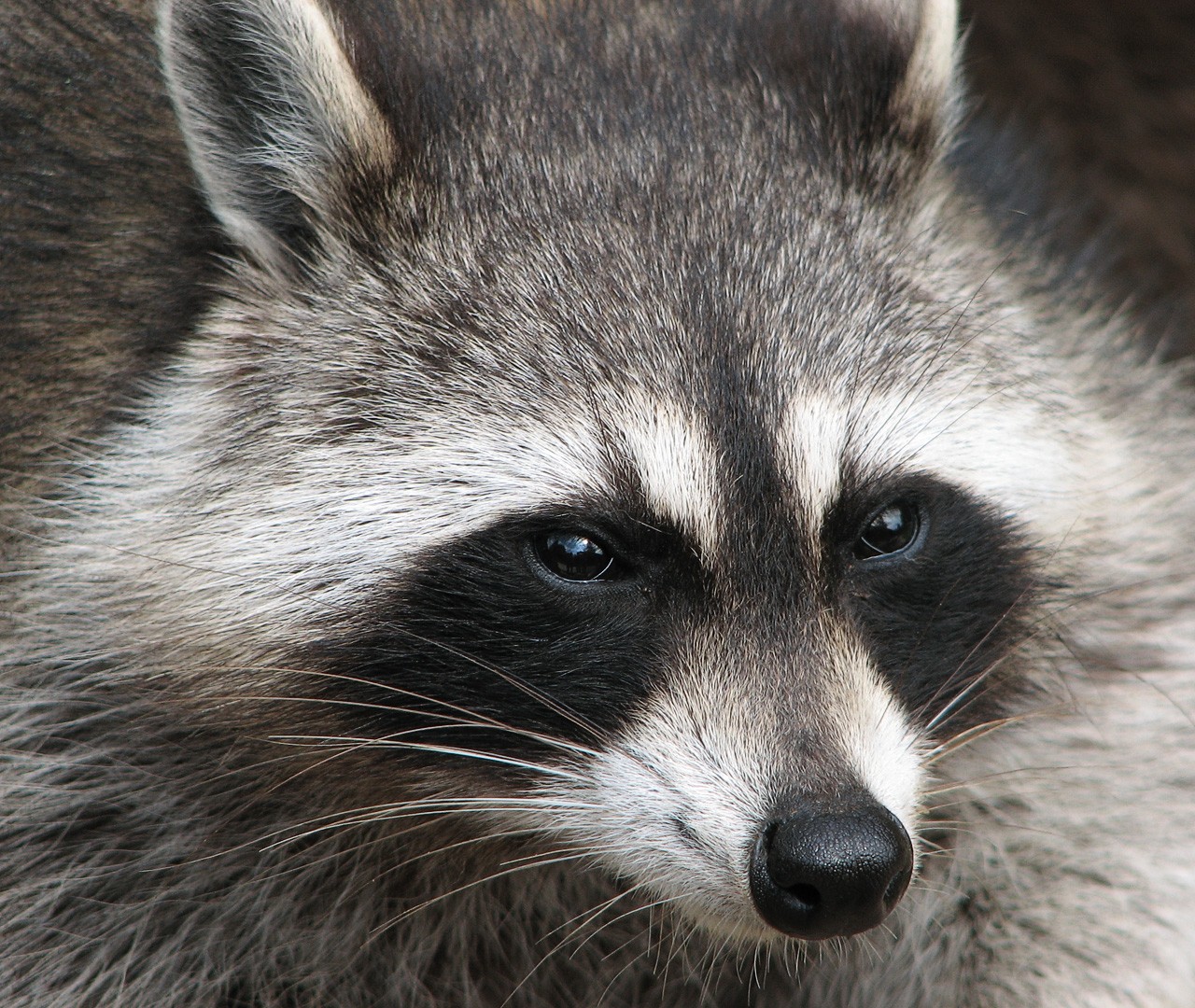
© Darkone / CC BY-SA 2.5
The Raccoon’s distinctive masked face and robust carnivore features demonstrate its separate evolutionary path from lemurs.
Key Differences Between Ring-tailed Lemurs and Raccoons
| Feature | Ring-tailed Lemur | Raccoon |
|---|---|---|
| Classification | Primate | Carnivore |
| Native Habitat | Madagascar only | North and Central America |
| Size | 17-22 inches (43-56 cm) | 23-37 inches (58-95 cm) |
| Weight | 5-7.5 pounds (2.3-3.4 kg) | 14-23 pounds (6.4-10.4 kg) |
| Diet | Primarily herbivorous | Omnivorous |
| Lifespan | 16-19 years (wild) | 2-3 years (wild) |
Habitat and Distribution
Ring-tailed Lemurs are endemic to Madagascar, inhabiting gallery and deciduous forests in the southern regions of the island. Their habitat range is increasingly restricted due to deforestation, with populations confined to specific protected areas.
Raccoons, conversely, demonstrate remarkable adaptability, thriving across diverse environments from tropical coastlines to urban centers throughout North and Central America. Their range has even expanded to parts of Europe and Asia through human introduction.
Behavioral Differences
Social Structure
Ring-tailed Lemurs live in matriarchal groups of 6-30 individuals, demonstrating complex social behaviors including group sunbathing and territorial marking. These primates maintain strict social hierarchies and engage in sophisticated vocal communication.
Raccoons typically lead solitary lives, though females rear young together and temporary groups may form where food is abundant. Their social structure is more flexible and opportunistic compared to the rigid lemur hierarchy.
Intelligence and Tool Use
While both species show remarkable problem-solving abilities, they express intelligence differently. Ring-tailed Lemurs exhibit primate-typical social learning and tool awareness, using their hands with notable dexterity. Raccoons demonstrate exceptional adaptability and manual dexterity, with their sensitive hands capable of complex manipulation – a trait that’s earned them the nickname “wash bears” in many languages.
Physical Adaptations
Sensory Capabilities
Ring-tailed Lemurs possess excellent color vision and acute depth perception, typical of diurnal primates. Their sense of smell is also well-developed, used in social communication through scent marking.
Raccoons rely heavily on their extremely sensitive touch receptors in their front paws, which become even more sensitive when wet. Their night vision is excellent, though their color vision is limited compared to lemurs.
Locomotion
Ring-tailed Lemurs are primarily terrestrial but maintain excellent climbing abilities, using their non-prehensile tails for balance. Their hands and feet show typical primate adaptations for grasping and climbing.
Raccoons are accomplished climbers and swimmers, with more generalized adaptations. Their plantigrade feet and dexterous hands allow them to navigate various terrains effectively, from urban environments to forest canopies.
Conservation Status and Threats
Ring-tailed Lemurs face significant conservation challenges, listed as endangered by the IUCN Red List. Habitat loss, hunting, and climate change threaten their survival, with population declines exceeding 50% in recent decades.
Raccoons, by contrast, are thriving and expanding their range. Their adaptability to human presence and ability to exploit various food sources has led to population increases in many areas, sometimes creating urban wildlife management challenges.
Interaction with Humans
Ring-tailed Lemurs, while charismatic zoo residents, require specialized care and are not suitable as pets. Their conservation depends heavily on protected areas and breeding programs.
Raccoons frequently interact with humans in urban and suburban settings, demonstrating remarkable adaptability but sometimes creating conflicts through their opportunistic feeding habits. Despite their cute appearance, they are wild animals that should not be approached or kept as pets.
This comprehensive comparison reveals how these superficially similar mammals represent vastly different evolutionary strategies and ecological roles, each fascinating in its own right.
